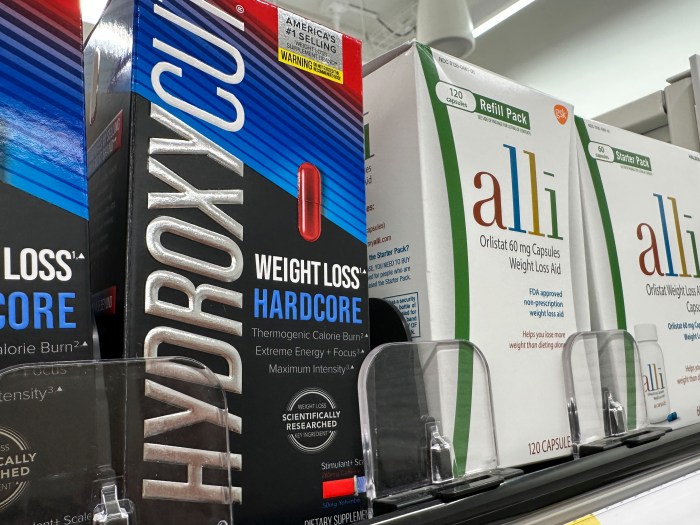Students at Florida colleges and universities are defaulting on their student loans at a markedly higher rate than the national average, according to a study by theU.S. Department of Education.
Thestudy found that 14.1% of students at Florida postsecondary schools who were scheduled to begin paying their loans in 2013 were in default by the third year of repayment.Florida’s default rate was the sixth-highest in the nation. The overall U.S. default rate was 11.3%. (See the default rates for all 50 states.)
The study looked at more than 6,000 postsecondary schools in the nation and 315 in Florida, including private, public and proprietary (for-profit) schools. Among the largest in the state by enrollment, default rates were: – Valencia College: 14.8%. (Click here to search the federal database for default statistics by school, city or state.) Nationwide, public community colleges had an average default rate for 2013 of 18.5%, and proprietary schools were at 15%.For four-year public colleges, the average rate was 7.3%, and for four-year private colleges it was 6.5%. The default rates for community colleges, vocational schools and for-profit colleges tend to be higher because former students are less likely to have completed their studies or see a boost in earnings, and often can’t keep up with loan payments, according to a report in theBrookings Papers on Economic Activity. >> MORE: Student loan default: What it means and how to deal with it
The new report provides a detailed look at default rates, but it may not show a complete picture of the debt burden on students. While the reporttakes a snapshot of borrowers who are within the first three-year window of their repayment phase, it doesn’t capture thosewho delay repayment until after the three-year measurement window expires. Tampa advisor: ‘Don’t overpay for your education’
People with college degrees earn more, on average, than those with only a high school diploma. In 2014, the median incomeof young adults with a bachelor’s degree was $49,900, compared with $30,000 for people who completed high school, according to the National Center for Education Statistics. However, excessive studentloan debt is a major burden for many Americans. It can significantly hamper borrowers’finances by increasing theiroverall debt burden and cutting into money they could usefor mortgages, retirement and other long-term investments. Total student loan debt was $1.36 trillion as of June, according to the Federal Reserve Board, up from $961 billion in 2011. We asked Tampa, Florida-based financial advisor Forrest Baumhover about how families can integrate student loans into their financial lives. How can students and families make sure their loans are a good investment in their future?
The real investment here is the college education. The education should be the measuring stick by which we define the investment. Once we determine that the education is a wise investment, we can then look at the use of student loans. An industry rule of thumb is that your student loans shouldn’t exceed one year’s income in your expected career field. For example, a teacher expecting to make $40,000 per year should probably not take on six-figure student loan debt. Law and medical students routinely take on six-figure loan debt because lawyers and doctors are likely to have more lucrative careers. Making sure that your student loan debt is proportional to your expected career field is the single best way to ensure a bright future. How does taking out student loans potentially affect students’ future financial lives?
Student loans, like mortgages, are a type of leverage. When used responsibly, they can be a powerful tool for people to build long-term wealth. However, when people overextend themselves by using student loans to pay for an education that doesn’t make economic sense, they become vulnerable to negative market-driven events. Take 2008, for example, when people who had bought overpriced houses got wiped out when the value of those houses fell below their purchase price. During such a downturn, the cost of an overpriced education can become an even greater liability. It’s a big financial problem when a recent college graduate realizes that the job market doesn’t value hisnewly acquired skills nearly as much ashe does. What should parents and students keep in mind when taking out student loans?
Parents and students should keep three things in mind:
– Don’t overpay for your education. If you want to go into public service, that’s a great and noble calling, but don’t pay $100,000 to a private college for the privilege of doingso. Forrest Baumhover, CFP, is a fee-only financial planner and the principal of Westchase Financial Planning. State student loan default ratesThe 50 states ranked from highest student loan default rate to lowest. RankingState Percent defaulting on student loans1.New Mexico18.92.
West Virginia16.23.Kentucky15.54.Mississippi14.65.Indiana14.26.Florida14.17.Arkansas148.Arizona149.Wyoming1410.Oregon13.711.Ohio13.612.South Carolina13.213.Nevada12.714.Texas12.615.Oklahoma12.516.South Dakota12.317.Louisiana12.318.Alabama12.219.Georgia1220.Iowa11.921.Michigan11.822.North Carolina11.623.Alaska11.624.Colorado11.525.Missouri11.526.Tennessee11.427.Idaho1128.Kansas10.729.Washington10.430.California10.431.Hawaii10.432.Maine10.433.Delaware1034.Maryland9.935.Montana9.836.Wisconsin9.637.Illinois9.438.Pennsylvania9.239.Virginia9.140.Utah9.141.New Jersey942.Minnesota8.843.Connecticut8.544.Nebraska8.245.New York846.Rhode Island7.947.New Hampshire7.848.Vermont7.249.North Dakota6.550.Massachusetts6.1 The article Florida Students Default More Than US Average on Student Loans originally appeared on NerdWallet.
– Broward College: 11.8%.
– Miami Dade College: 11.2%.
– Florida International University: 5.4%.
– University of Central Florida: 4.8%.
– Live responsibly in all aspects of your financial life. Be careful with your living expenses, and if you have credit cards, don’t rack up a bunch of debt on them.Enjoy the college experience, but try to put a little responsibility into it.
– Don’t take student loan money that you don’t have to. Everyone knows that loans are available above the amount required for tuition and books. Resist the temptation to take that money unless you’ve got a really compelling use for it.


















